Industry
Top 5 KPIs: Craig Hickman

"I tend to think of the KPIs I've listed as the broader ways I strive for efficiency on farm.
I am not a particularly structured person, I don’t run a 'corporate' type farm with weekly team meetings, but I do have standards I like to achieve."
- Craig Hickman, Woodlands
A proud Fonterra farmer, Craig Hickman is now into his twentieth season on Woodlands, a 1000 cow dairy farm in mid-Canterbury. Here he shares the 'KPIs' he likes to achieve as he strives for efficiency on farm.
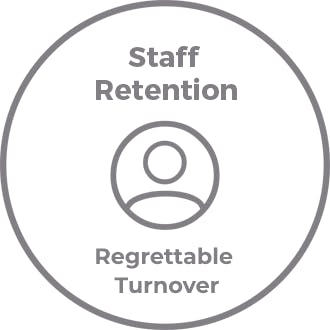
Staff Retention
My goal is to turn over no more than one staff member every two seasons. I’m now into my twentieth season on this farm and have been through the process of hiring backpackers, changing staff mid-season, continually training staff and I find it far more efficient to just hold on to the staff you have.It helps that we are close to town, but I like to think that Woodlands is a place people like to work. That’s reflected in the fact I’ve got team members who have been here for ten and twelve years, one who has returned after leaving for cancer treatment and another who has returned after 7 years of working elsewhere.
Having the same team, or same core team, season after season makes the workplace extremely efficient. People know the systems and know what’s expected of them and training can be limited to new technologies. I pay a good salary, maintain the housing stock, run a roster that gives good time off and try to accommodate everyone’s leave requests. Fonterra’s Cooperative Difference was an opportunity to pay the staff for milk quality, they receive the full 3c per kilo of excellent quality milk which was a pool of around $12,000 last season.
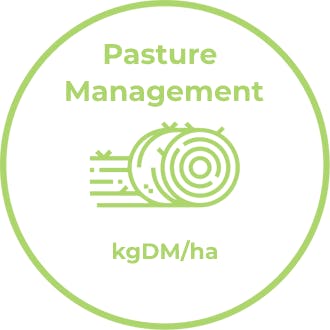
Feed Efficiency
Several years ago I engaged a farm consultant and we set about devising a simple plan to utilise my pasture better. 12 hour grazing, grazing to a residual of 1600kg and not grazing pasture over 3000kg all contributed to much higher intakes of better quality pasture.
We introduced palm kernel as a supplement to fill the gaps and tried to minimise our grass silage use. We experimented with maize silage and finally, last season, installed in-shed feeding.
The efficiency gains through less feed wastage and ensuring every cow had a chance at the supplementary feed, as opposed to feeding cows in paddock, was well worth the capital cost.
My supplements fed per cow were on a par with previous year, 700kg, while my feed bill was lower and production increased by 50kg per cow.
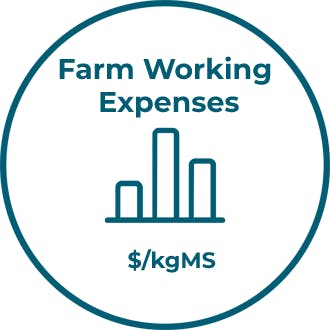
Farm Working Expenses
I was going to put this as my second KPI but it probably flows on from feed efficiency. My goal is to consistently have FWE less than $5/kgMS, and the simplest way to do that is by producing more from the same amount of inputs, by cutting wastage.
The in-shed feeding was a huge help last season, with FWE coming it at $4.66 per kgMS on the back of increased production and lowered supplement costs.
I do a full cashflow budget before the start of the season, with a revision in January.
Minimising FWE isn’t about doing without, it’s about being efficient with what you’ve got and only spending what’s necessary to achieve the outcomes you want.
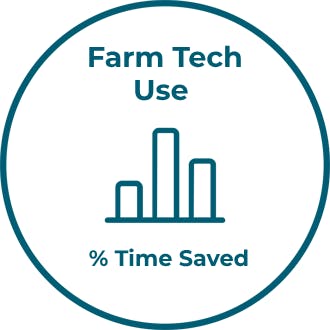
Utilising Technology Efficiently
Over the last two years we have spent a considerable amount of money on new technology; ACRs, in-bail teat spraying, collars, auto drafting and in-shed feeding.
The most obvious efficiency gain here was having a sinking cap on staff numbers, not replacing a team member when they left. This took us from 165 cows per staff member to 200, without much increase in workload for those remaining.
If I’m spending the money, I want to see tangible benefits. ACRs and auto teat spraying has reduced our cell count by a third while freeing up a staff member from milking. In-shed feeding has drastically improved our supplementary feed utilisation, and the collars have streamlined our drafting and mating. All of the technology combined has massively reduced our animal health bill.
This isn’t to say I adopt all technology that takes my fancy, we still irrigate via Rotorainers instead of centre pivots because the benefits did not sufficiently offset the costs of that investment.
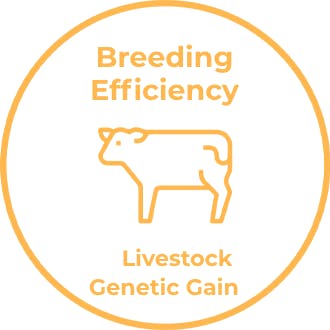
Breeding a More Efficient Cow
Nearly all New Zealand dairy farmers are guilty of breeding inefficient cows, and I am no exception. 40% of New Zealand’s dairy replacements come from the bottom third of our milking herd.
The fastest way to meet Fonterra’s scope 3 emission goals is to breed more efficient cows - animals that can produce more milk from the same amount of feed.
From this season I have undertaken to put beef breeds over the bottom third of my animals and sexed semen over the top third to accelerate the herd's genetic gain and unlock their potential.
The rule of thumb for dairy production has been 90% feeding, 10% breeding for a very long time. Compare that to the sheep sector where the ratio is 51/49, they’ve tapped out their genetic potential and we are 30 years behind. It’s time to start catching up.
Interested to see what others have ranked as their Top 5 KPIs?
Take a look at what other industry characters have defined as their Top 5 Farming Key Performance Indicators.
More articles
Industry
Top 5 KPIs: Murray King
Murray King, Kingsway Farms, former Chair of LIC, Appleby Farms Director shares his Top 5 farming standards.
Industry
Top 5 KPIs: Richard Townshend
Richard farms on the Hauraki Plains and is a director of farm supervisory company Dairy Direct which oversees the daily operations of around 35 dairy units in the greater Waikato and has just expanded into Southland. Richard shares some of key indicators that he and the Dairy Direct farm supervisors follow regularly to track and benchmark farm operational performance.
Industry
Top 5 KPIs: Rebecca Hyde
Rebecca Hyde is a Nuffield Scholar and owner of TFD Consulting where she works alongside farmers and businesses to strengthen environmental management. Rebecca shares what she thinks are the most important data sets to be capturing on farm.